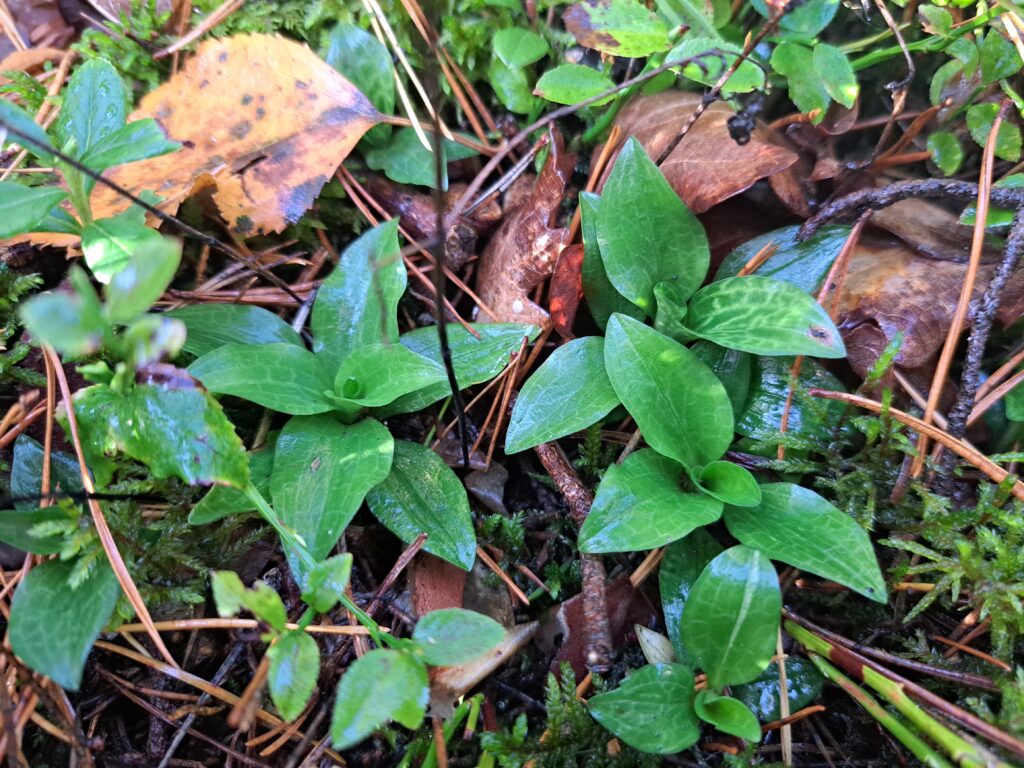Background
Aims
Global biodiversity loss is taking place at an alarmingly high rate, with the main driver being anthropogenic land use. Forestry is a major threat to many species due to forest ecosystems playing an essential role in maintaining terrestrial biodiversity. Valuable ecosystem services, such as biodiversity, are at risk of being lost due to the intensified forestry.
In Sweden, more than 10% of all species associated with forests are red-listed, most are declining in numbers, and the remaining individuals are left in a fragmented landscape. Studies have shown that species from multiple groups, such as bryophytes, lichens, ectomycorrhizal fungal communities and certain vascular plants, all are negatively effected by commercial logging.
One example is Goodyera repens (creeping lady’s-tresses), that has been shown to go locally extinct after clear-cutting and is therefore relatively uncommon in managed boreal forests as they are associated with old growth forests in later successional stages. Additionally, the rotation time within the forestry is probably not long enough for the species to establish and retention patches are usually too small to preserve the plant. Like all orchids, G. repens is listed as a protected species in Sweden according to the species protection ordinance, with the aim of reducing the risk of it going extinct. The following applies to all orchids in Sweden: it is forbidden to remove them from the substrate where they grow and to destroy them, it is forbidden to remove or injure seeds or other parts of the plant. Goodyera repens first became red-listed in the year 2010 when it was classified as NT. The status of the Swedish G. repens population declined after that, which resulted in it being classified as VU in 2020.
The aim of this study was to increase knowledge of the habitat preferences and population dynamics of G. repens. Specifically, I analysed the population trend as changes in numbers of G. repens over time, and the occurrence probability of the species, in relation to detailed habitat factors based on data from the Swedish National Forest Inventory (NFI). Moreover, the extinction and colonisation probabilities were modelled in relation to the same detailed habitat factors from the NFI. Furthermore, the occurrence probability of G. repens was modelled in relation to variables based on open geodata. This model was then used to predict the occurrence probability of this orchid in Östergötland County, the prediction was in turn validated using observational data from Artportalen.

A picture of Goodyera repens.